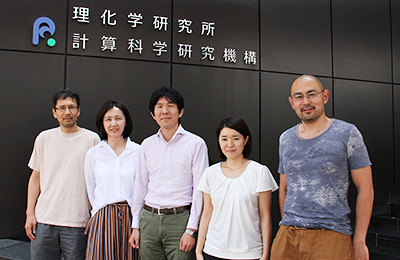X-ray free electron laser (XFEL) scattering experiments has been described as the future of structural biology. The technique has several advantages, including its ability to probe a single particle sample without the need for crystallisation, and to produce diffraction data before the sample is destroyed by radiation. However, resolving structures from XFEL diffraction patterns can be challenging due to the phase problem. Considering the novelty of the technique, there is also limited data available to provide initial models that fit new diffraction patterns. Therefore, we consider a strategy to provide efficient interpretation of XFEL data by searching them against a database of hypothetical biological shapes to obtain an initial structural model. To build a database of biological shapes, we assemble various three-dimensional (3D) structures in existing structure databanks, such as the Electron Microscopy Data Bank (EMDB). We can then reduce the assembled dataset to a minimal yet distinct set of hypothetical biological shapes. In the first part of this assembly, we present the analysis of single particle cryo-electron microscopy (cryo-EM) structures. Here, we analyse the variation in the shapes that exists within the 3D cryo-EM maps, and within their simulated two-dimensional (2D) projection images. This analysis provides us with the extent to which 2D images of two distinct 3D shapes can be similar, giving us an idea of the expected degeneracy when we compare experimental data to a hypothetical biological shape. In general, we expect that with a sufficient number of 3D shapes will allow us to provide candidate models for new XFEL data effectively.













